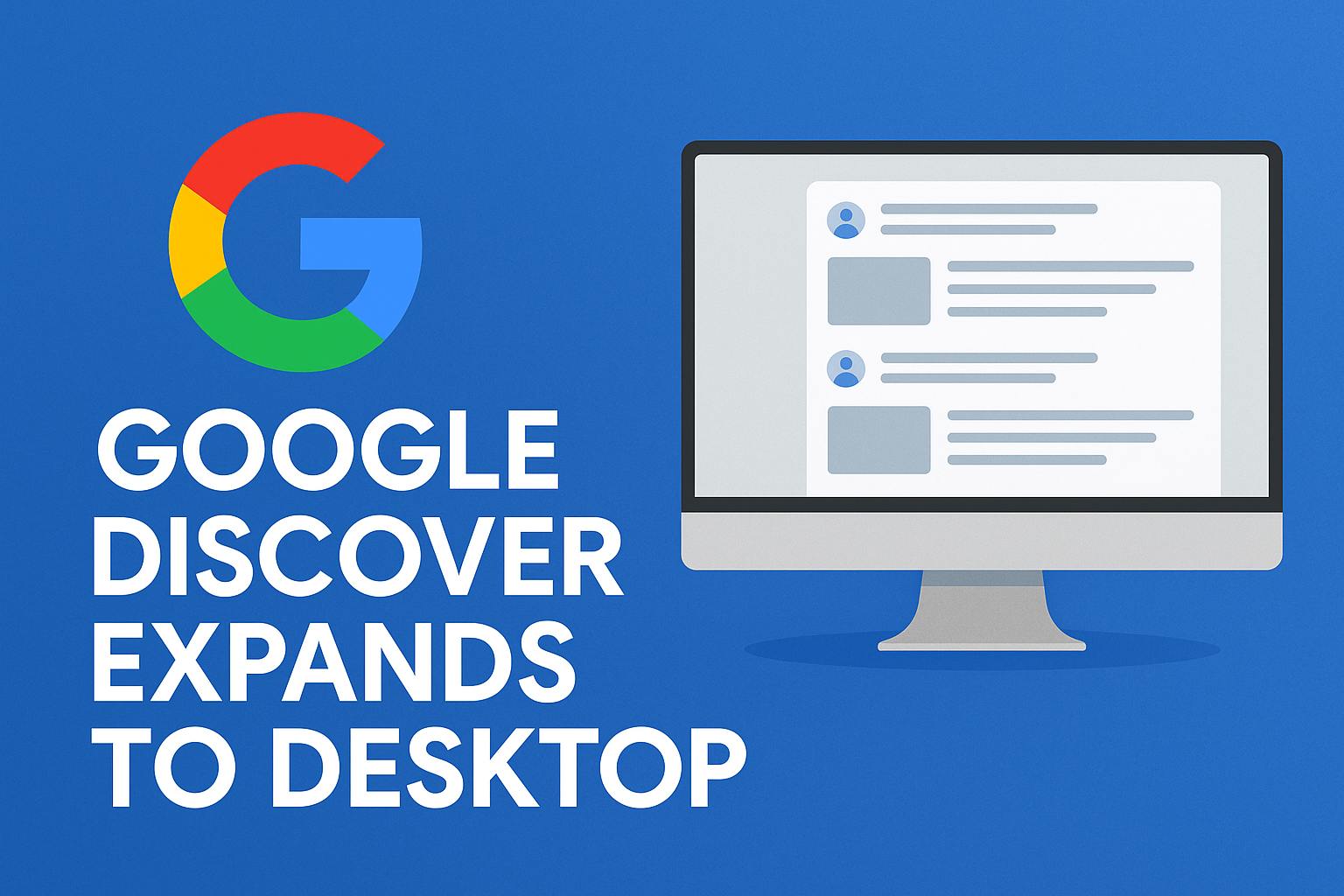What is a Virtual Call Center?
A Virtual Call Center is a customer service operation where agents work remotely rather than being physically located in a centralized office.
Instead of answering calls from cubicles inside a big office, employees log in from their homes, co-working spaces, or remote locations — all connected through cloud-based software.
These call centers handle:
-
Customer support
-
Sales calls
-
Technical assistance
-
Appointment scheduling
-
Helpdesk services
All while offering the same (or even better) level of service as traditional call centers.
How Does It Work?
-
Cloud-Based Software:
Agents use specialized platforms (like RingCentral, Five9, or Talkdesk) that route calls through the internet. -
Remote Setup:
With just a laptop, headphones, and stable Wi-Fi, agents can work from anywhere. -
Real-Time Monitoring:
Supervisors can track performance, call quality, and KPIs remotely through dashboards. -
Omnichannel Support:
Besides phone calls, agents also handle emails, live chats, SMS, and social media queries — all from one unified platform.
Key Advantages
| Advantage | Why It Matters |
|---|---|
| Lower Costs | No office rent, utilities, or hardware |
| Access to Global Talent | Hire agents from anywhere |
| Flexibility | Agents work flexible hours |
| Business Continuity | Easier to operate during pandemics or local shutdowns |
| Scalability | Easily add or reduce team size based on demand |
Examples of Who Uses Virtual Call Centers
-
E-commerce companies handling customer inquiries during sales
-
Healthcare providers managing appointment bookings
-
Tech companies offering 24/7 product support
-
Airlines providing flight rescheduling services
History of Virtual Call Centers
Mini Timeline:
-
1990s: Traditional on-premise call centers dominate
-
Early 2000s: Cloud telephony solutions begin
-
2020: Remote work boom (COVID-19) accelerates virtual call center adoption
Key Technologies Powering Virtual Call Centers
-
VoIP (Voice over Internet Protocol)
-
Cloud Contact Center Platforms
-
AI-based Call Routing
-
Chatbots and Automated Assistants
-
CRM (Customer Relationship Management) Integration
Virtual Call Center vs Traditional Call Center: Quick Comparison Table
| Feature | Traditional Call Center | Virtual Call Center |
|---|---|---|
| Location | Centralized office | Remote (anywhere) |
| Cost | High setup and maintenance | Lower operational costs |
| Scalability | Difficult and costly | Easy and flexible |
| Disaster Recovery | Vulnerable | More resilient |
| Talent Pool | Localized hiring | Global hiring |
Growth of Virtual Call Centers: Market Stats
Sample stat (you can update live if needed):
-
“The global virtual call center market is projected to reach $40 billion by 2030, growing at a CAGR of 10% annually.”
(Source: Verified Market Research)
Common Myths About Virtual Call Centers (And Truths)
| Myth | Reality |
|---|---|
| Quality drops in remote call centers | Advanced tech now ensures 99.9% uptime and quality |
| Only big companies can afford it | Even small businesses are adopting virtual models |
| Training remote agents is hard | Cloud platforms offer seamless training modules |
Future Trends in Virtual Call Centers
-
AI-powered Voice Bots becoming smarter
-
Hyper-personalization using real-time CRM data
-
Augmented Reality (AR) customer support
-
More Freelance/Contract Agents for specialized tasks
Conclusion
A Virtual Call Center is the modern evolution of customer service.
It’s cost-effective, scalable, and empowers businesses to offer round-the-clock support while giving employees the flexibility to work remotely.
As technology advances and remote work becomes the norm, virtual call centers are no longer just an option — they’re becoming the future of customer experience.
Disclaimer: The information provided in this article is intended for general educational and informational purposes only. While Daily News Wire 24 strives to ensure the accuracy and relevance of the content, we do not guarantee that all information remains up-to-date or applicable to every situation. Readers are encouraged to verify facts independently and consult official sources or industry experts for specific business or technology decisions.






